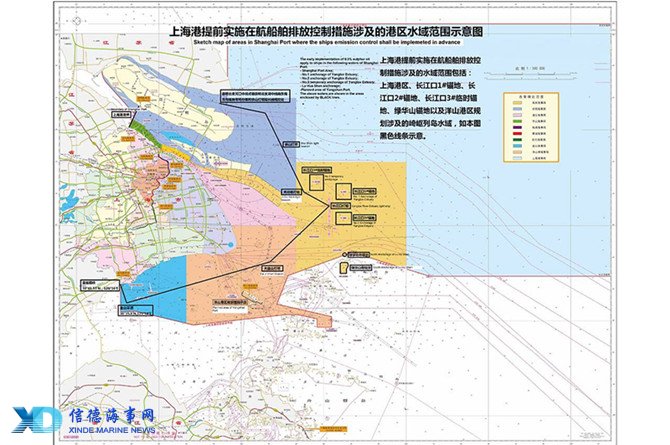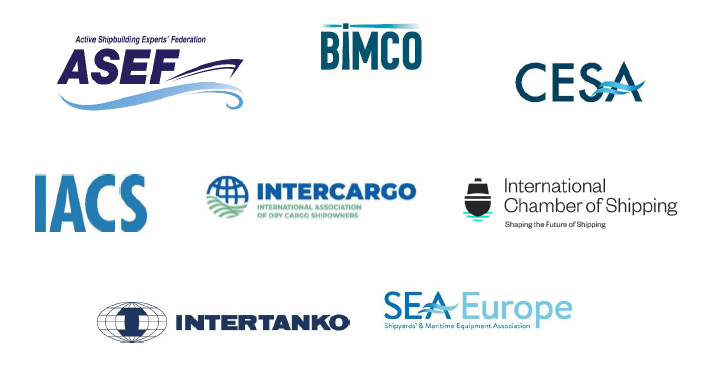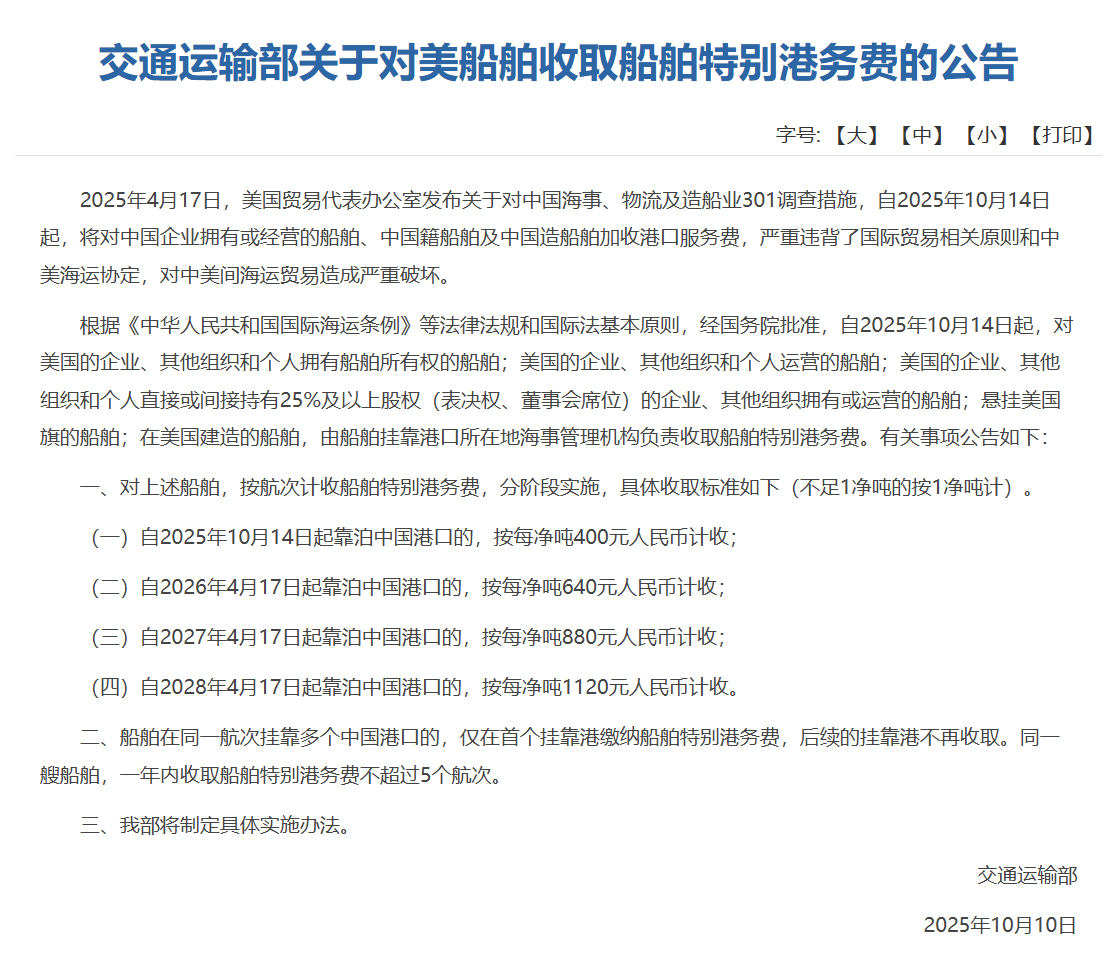
China Classification Society has shared an industry update ‘Guidelines for supervision of implementation of Shanghai emission control area in transition period’ with Manifold Times to facilitate changes faced by industry players effective 1 October, 2018.
BACKGROUND
Effective from 1 October 2018, international ships other than military ships, sports boats and fishing vessels are required to use fuel with sulphur content of not more than 0.5% m/m when sailing, berthing and operating in Shanghai Port. To facilitate the supervision and management of implementing this requirement in transition period (from 1 October 2018 to 31 December 2018), Shanghai Maritime Safety Administration (hereinafter referred to as SH MSA) developed and issued the GUIDELINES FOR SUPERVISION OF IMPLEMENTATION OF SHANGHAI EMISSION CONTROL AREA IN TRANSITION PERIOD (hereinafter referred to as the Guidelines).
China Classification Society Overseas Technology Center, based on its understanding to the Guidelines, developed this bulletin ONLY for the reference of ship owners, operators, agents and other stakeholders. In case of any discrepancy or inconsistencies, the Chinese original Guidelines shall always prevail.
SIMPLIFIED OVERVIEW OF THE GUIDELINES
Session 1 General
1. 1 The Guidelines applies to ships in the water of Shanghai Port under the jurisdiction of SH MSA.
Session 2 Emission monitoring for ships en route
2.1 The affiliates of SH MSA are encouraged to equip themselves with emission monitoring device according to their features and conditions.
2.2 The equipped monitoring device shall be kept under normal operation condition to preliminarily identify ships which are suspected to violate the requirement, together with ships AIS information and the ship reporting information system.
2.3 The affiliates who preliminarily identified the suspected ships shall report the information in one working day to the relevant affiliates under whose jurisdiction the ships will berth or anchor.
Session 3 Onboard inspection
3.1 The affiliates of SH MSA will target the suspected ships and ships with violation record as the primary inspection objectives.
3.2 When carrying out the onboard inspection, the officers shall:
(1) firstly check the following documents:
- IAPP Certificate and the remark of alternative measures (if any);
- Documented oil transfer procedures;
- Engine room log book and oil transfer operation record included therein.
(3) Inspect the fuel oil piping, instruments and gauges.
(4) Verify the fuel oil consumption.
(5) Carry out rapid testing of fuel oil.
(6) Further carry out fuel oil sampling and testing for suspected ships.
Session 4 Supervision of ships using alternative measures
4.1 Where available, shore power shall be used for ships equipped with suitable receiving system when they are at berth. The spot checking shall be imposed on ships using shore power.
4.2 For ships using clean energy, the IAPP Certificate, engine room log book, the volume of the clean energy stored onboard and relevant machineries shall be checked and inspected.
4.3 For ships installed exhaust gas cleaning(EGC) system, the EGC system Certificate, IAPP Certificate, operation condition of the EGC system and other relevant documents shall be checked and inspected. The residues generated from the after treatment installation shall not be discharged into water or incinerated onboard.
Session 5 Exemption and exception from liability
5.1 Where the use of low sulphur oil will result in damage to their ships, the company or their agent may apply for exemption in written form to SH MSA (for application form, refer to Annex). At least the following materials shall be submitted:
- The certificate issued by Classification Society;
- The instruction or operation manual of ships' fuel oil installation/equipment;
- The ships company declaration and retrofitting solution to the corresponding fuel oil installation/equipment.
5.2 In any case of the following, the ships may apply for exception from liability to use non-compliant fuel oil to relevant affiliates of SH MSA:
- There is a compliant oil transfer procedure onboard, the oil transfer operation as per the procedure has been started and all practicable measures have been taken, but the completion of transfer to low sulphur oil is not reasonably practicable before ships enter into Shanghai Port.
- There is an onboard log in which the ship's planned voyages and relevant accidents information are recorded in detail, certifying that the ship cannot leave Shanghai Port as scheduled due to unexpected accidents occurred and thus the non-compliant fuel oil has to be used during that period.
- The use of non-compliant fuel oil results from the misleading of oil suppliers, although every endeavor has been made by the ship.
- The compliant oil is not available although every endeavor has been made by the ship.
- For emergency or contingency where the use of compliant oil is not allowed for ships.
- The supporting materials for such application shall be submitted by ships. The non-availability of compliant oil shall be certified by the local Administration and then the application will be approved upon verification. The exception from liability is ONLY valid for single voyage.
Session 6 Supervision for fuel oil supply (omitted)
Session 7 Legal liability (omitted)
Sources:CCS
Please Contact Us at:






